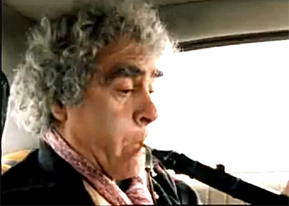
Carnatic Music probably contains the most sophisticated, mathematically derived rhythmic system on the planet. It's no wonder that the city of Bangalore, Karnataka, a megalopolis of 8.5 million people, is considered the "Silicon Valley" of India.
"But with all that math", you ask yourself, "can the music swing"?
Oh man, and how!!
Mariano himself was first exposed to this deep musical culture in the late 1960's on a trip to Malaysia, and began serious study of the Nadaswaram, the popular Carnatic double reed instrument, with a teacher/guru named M. Muthaiah, in India.
One of the musicians, originally introduced to Carnatic music through Charlie Mariano, and who has really gotten into it seriously, is bassist and long time friend Dave King. Dave is originally from Louisville, KY, and is currently a professor at the University of Music and Performing Arts in Mannheim, Germany.
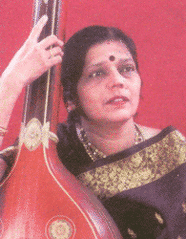
Prof. Dave has put together a very hip video of one of his compositions entitled, "You Can Take My Word For It", where he recites the South Indian rhythmic language, known as Konnakol (and/or Solkattu), and fuses it together with a funk style backing, the melodic line of which is also based on the syllabic rhythm of the recitation.
Konnakol/Solkattu is the vocalized language directly related to the sounds of the Mridangam, the most important percussion instrument in Carnatic Music.
The "words" (Solkattu) of Konnakol represent rhythmic values according to, in most cases, the numbers of their syllables.
For example, the syllable "Ta" , represents 1 beat; "Ta-Ka" = 2 beats, "Ta-Ki-Ta" 3 beats.

Ta = 1 beat
TaKa = 2 beats
TaKiTa = 3 beats
TaKaDiNa = 4 beats
TaDaGiNaKu = 5 beats
Din & Dim are elongated and represent 2 beats each
Longer beats and rhythmic phrases are built using combinations of syllables, such as "TaKaDiNa TaKa TaKiTa" meaning 4+2+3 = 9 beats (syllables).
Dave's Composition is based on 5 variations of a 64 beat cycle.
As you'll notice on the right side of the video, a pair of hands is marking the time. This is the traditional South Indian method of marking a time cycle.
In this case, it's an 8 beat cycle known as "Adi Tala", by far the most common in Carnatic Music. Adi Tala is demonstrated as:
Clap - Pinky - Ring Finger - Middle Finger / Clap - Palm Up - Clap - Palm Up /,
equaling 8 basic units, or the equivalent 8 quarter notes. In Western music. We might think of this as 2 bars of 4/4. Check the video.
The "beat" value in Dave's recitation of the 64 beat cycle is the equivalent of a 16th note, and as the simple laws of math tell us that if 4 sixteenth notes fit into 1 quarter note equivalent, then one entire 64 beat cycle would require 16 quarter notes (16 x 4 = 64), or 2 (eight unit) Adi Tala cycles.
Check the video and "Clap Along with Dave".
A further method to this madness is evidenced by the differences between the first, as well as the last 3 lines of each variation.
In the first line of:
variation 1., Dave uses the phrase, Takadina Taka Takita, or 4+2+3 = 9 beats (the whole variation repeats, first time only).
variation 2., he uses the phrase, Takita Taka Takita, or 3+2+3 = 8 beats.
variation 3., he uses the phrase, Takita Takadina, or 3+4 = 7 beats.
variation 4., he uses the phrase, Taka Takadina, or 2+4 = 6 beats.
variation 5., he uses the phrase, Taka Takita, or 2+3 = 5 beats.
As you can see, the first line of each succeeding variation is one beat (16th note) shorter than the last.
But as the rhythmic sum value of each variation remains constant at 64 beats (16th notes), the laws of mathematics dictate that, "He who taketh away from the beginning, must addeth back on to the end", or something to that effect.
So, in the last 3 lines of:
variation 1., Dave uses the phrase, Ta Dhim, Ta Dhim, Ta or 1+2+1+2+1 = 7 beats.
variation 2., he uses the phrase, Taka Dhim, Taka Dhim, Taka or 2+2+2+2+2 = 10 beats.
variation 3., he uses the phrase, Takita Dhim, Takita Dhim, Takita or 3+2+3+2+3 = 13 beats.
variation 4., he uses the phrase, Takadina Dhim, Takadina Dhim, Takadina or 4+2+4+2+4 = 16 beats.
variation 5., he uses the phrase, Taka Takita Dhim, Taka Takita Dhim, Taka Takita or 2+3+2+2+3+2+2+3 = 19 beats.
In other words, the additions to the last 3 lines of each variation compensates for the deductions of the first line. It's kind of like using larger or smaller Leggo blocks in order to fit into a pre-determined length.
You're probably asking yourself, "This stuff looks complicated, and I'm bad in math. Why should I bother?"
I can only answer that regardless of which instrument we play, we are all essentially drummers, and that time (rhythm) is of the essence. Anything that will heighten our awareness and sensitivity to rhythm and it's possibilities, should definitely be explored to the best of one's abilities.
Finding ways to incorporate Carnatic rhythmical devices into jazz or pop based phraseology is also something to be explored, as they are bound to yield exciting results.
There are many great online resources dealing with Carnatic Music. For an incredible playlist of YouTube vids put together by Prof. Dave himself, check it out here.
Check out Dave's Carnatic Blog.
Carnatic rhythm is both the past, present, and the future.
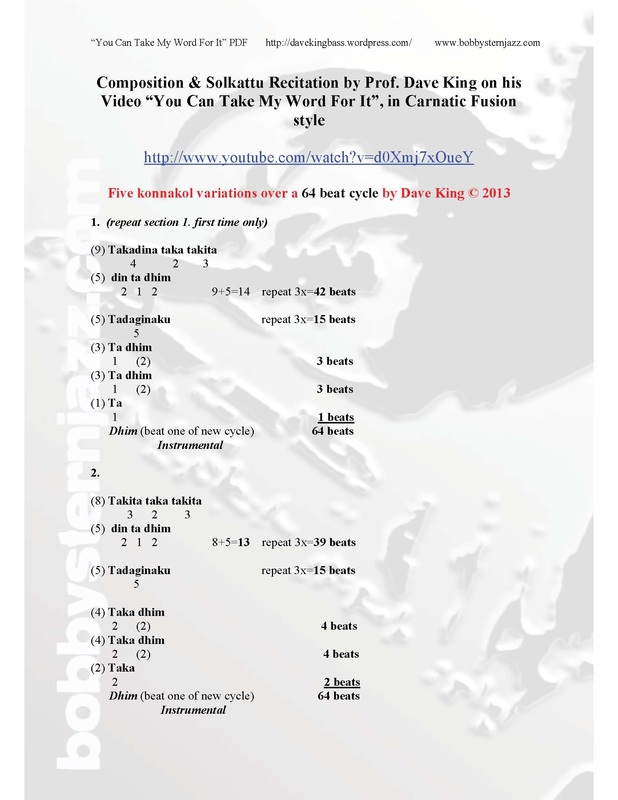
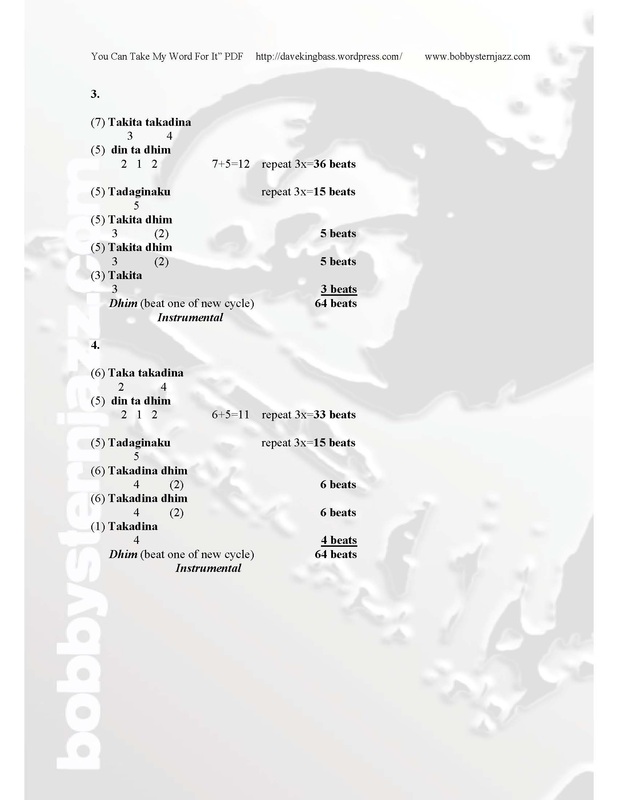
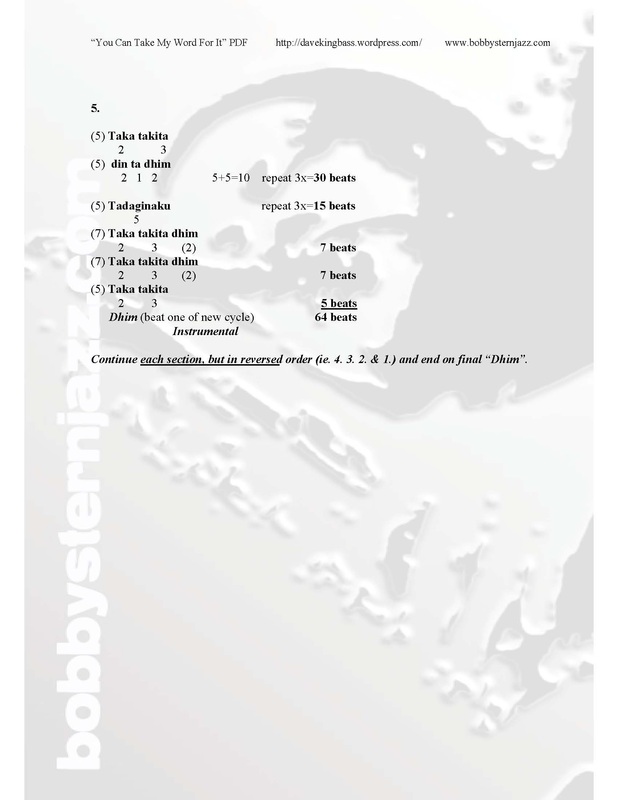
 RSS Feed
RSS Feed









